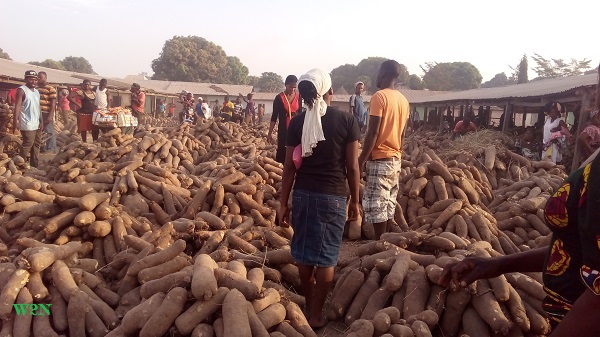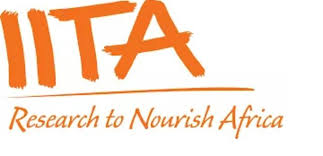In the International Institute of Tropical Agriculture (IITA) recent survey, it was disclosed that worldwide yam production amounts to 52 million tons with Nigeria producing 71%, totaling about 37 million tons out of the 94% production that comes from West Africa.
The survey reports says Africa produced 96% in all as most of the world’s African countries imports more than 2,000 tons and exports 15,500, of which Nigeria exports 12%.
However, IITA disclosed that yam production is declining in some traditional producing areas due to declining soil fertility and increasing pest pressures coupled with the high cost of labor. The report added that smallholders therefore need access to innovations to reduce labor and improve productivity.
Yams which are grown by planting pieces of tuber, or small whole tubers (‘seed yams’) saved from the previous season had always compelled small-scale farmers who are the majority of producers to often intercrop yams with cereals and vegetables. Thus, the major pests that affect these yams include insects such as leaf and tuber beetles, mealy bugs, and scales; parasitic nematodes; fungi causing anthracnose, leaf spot, leaf blight, and tuber rot; and viruses, especially the yam mosaic virus (YMV).
The First World Congress on Root and Tuber Crops held in Nanning, China, highlighted the enormous amount of work being done by the research community on these important crops which provided a wealth of scientific information on roots and tubers—more than has been imagined the report says.
ALSO SEE: Gov. Fayose calls for emergency in agric sector
Also, Iowa State University researchers have received a grant that will allow them to apply cutting-edge technology to unlock the potential of the yam as the institute has discovered that the crop that carries major significance across the globe. The three-year, $830,000 grant from the National Science Foundation will help Kan Wang, a professor of agronomy, and her colleagues develop a suite of technological tools that could allow scientists to develop yams with improved yields, nutritional value and better resistance to stresses. The grant is part of NSF’s Basic Research to Enable Agricultural Development, or BREAD, program
Furthermore, in the report, in terms of area harvested, 4.6 million hectares were planted worldwide in 2007, with about 4.3 million in Central and West Africa. It of note that in West and Central Africa tubers are planted between February and April, depending on whether in humid forest or on the savanna, and are harvested 180 to 270 days later.
Yams are primary agricultural commodities and major staple crops Africa, where yam cultivation began 11,000 years ago are major sources of income and have high cultural value. They are used in fertility and marriage ceremonies, and a festival is held annually to celebrate its harvest. Consumer demand for yam is generally very high in this sub-region and yam cultivation is very profitable despite high production costs.


 Business7 days ago
Business7 days ago
 Business1 week ago
Business1 week ago
 Latest2 days ago
Latest2 days ago
 Business7 days ago
Business7 days ago
 Business7 days ago
Business7 days ago
 Business1 week ago
Business1 week ago
 Politics7 days ago
Politics7 days ago
 Latest3 days ago
Latest3 days ago


